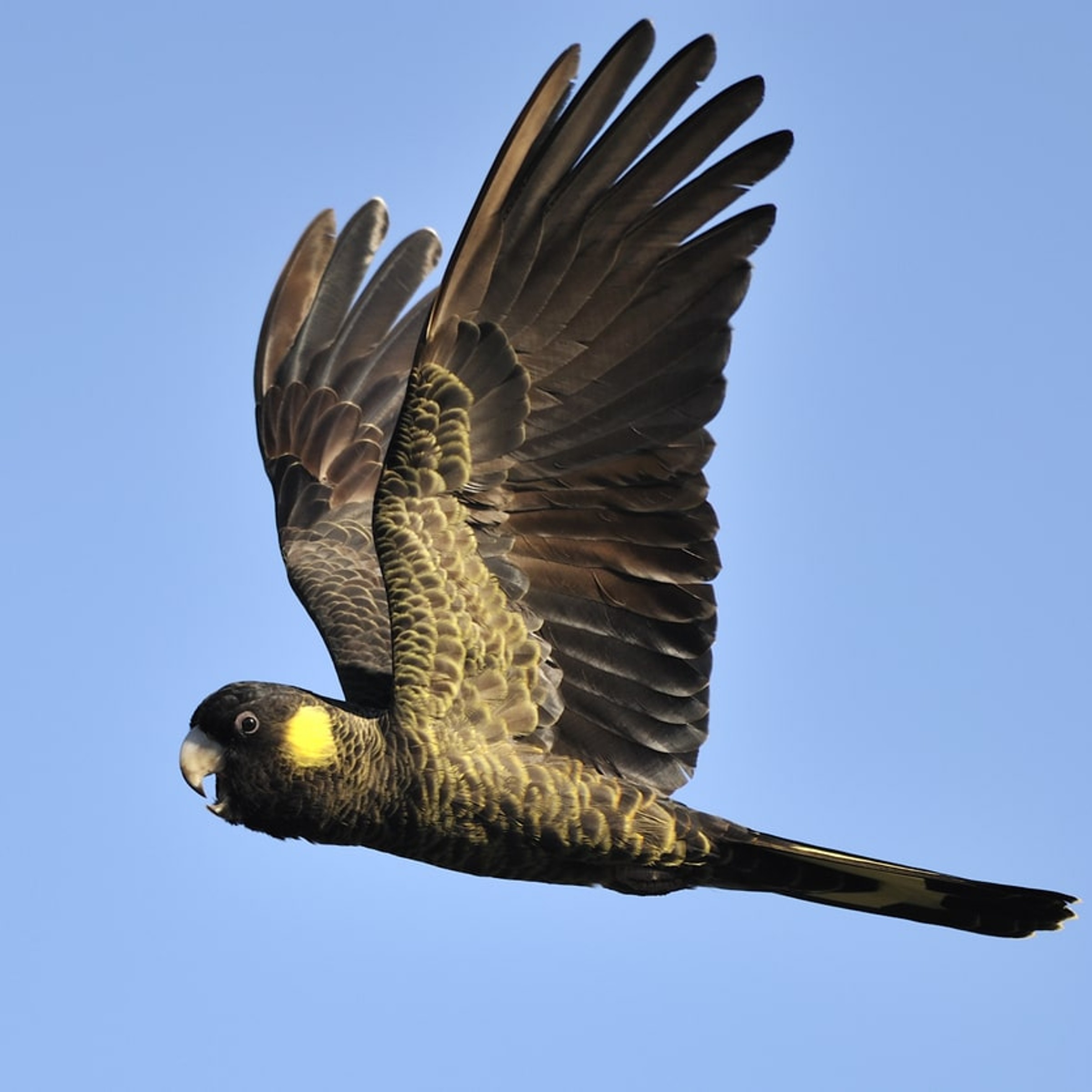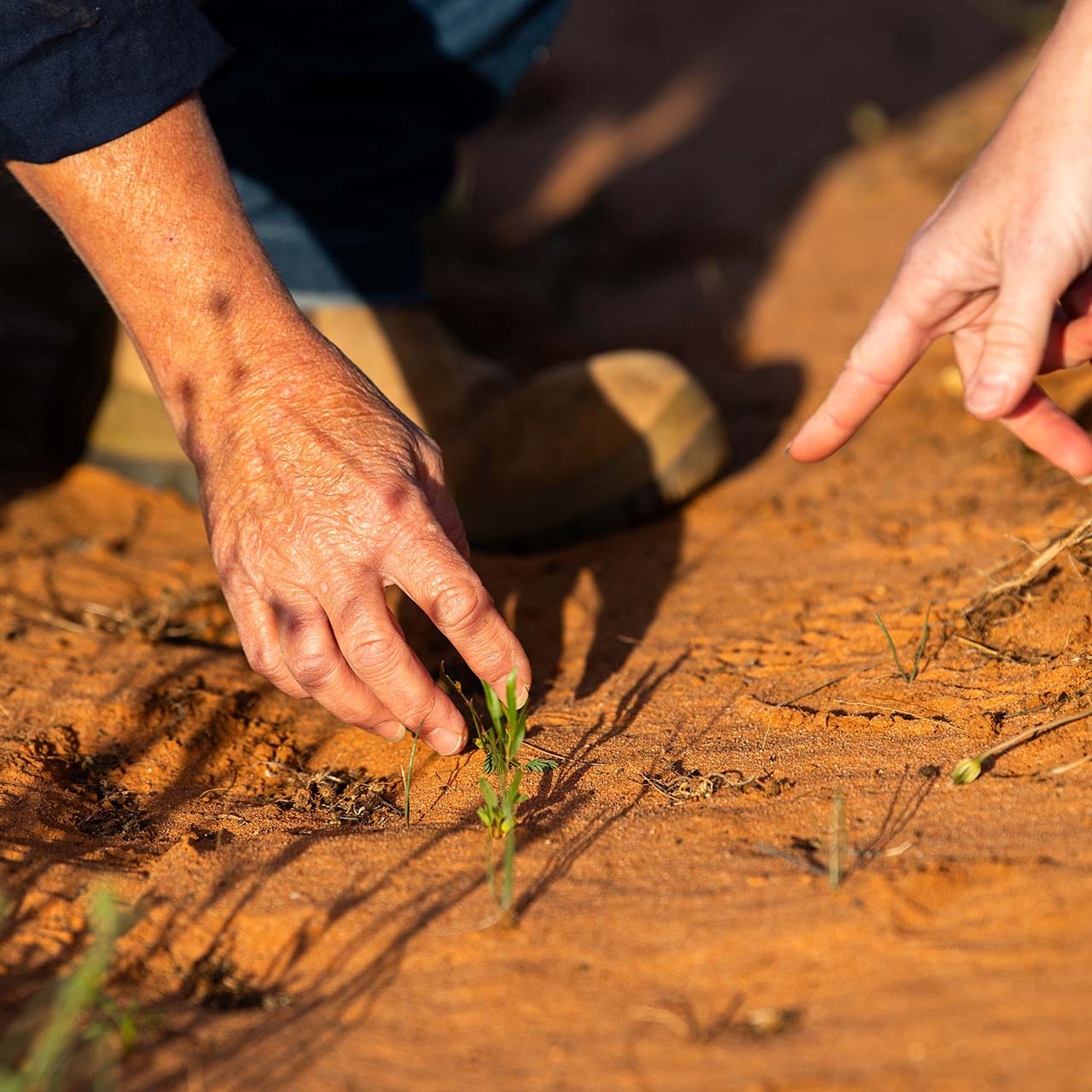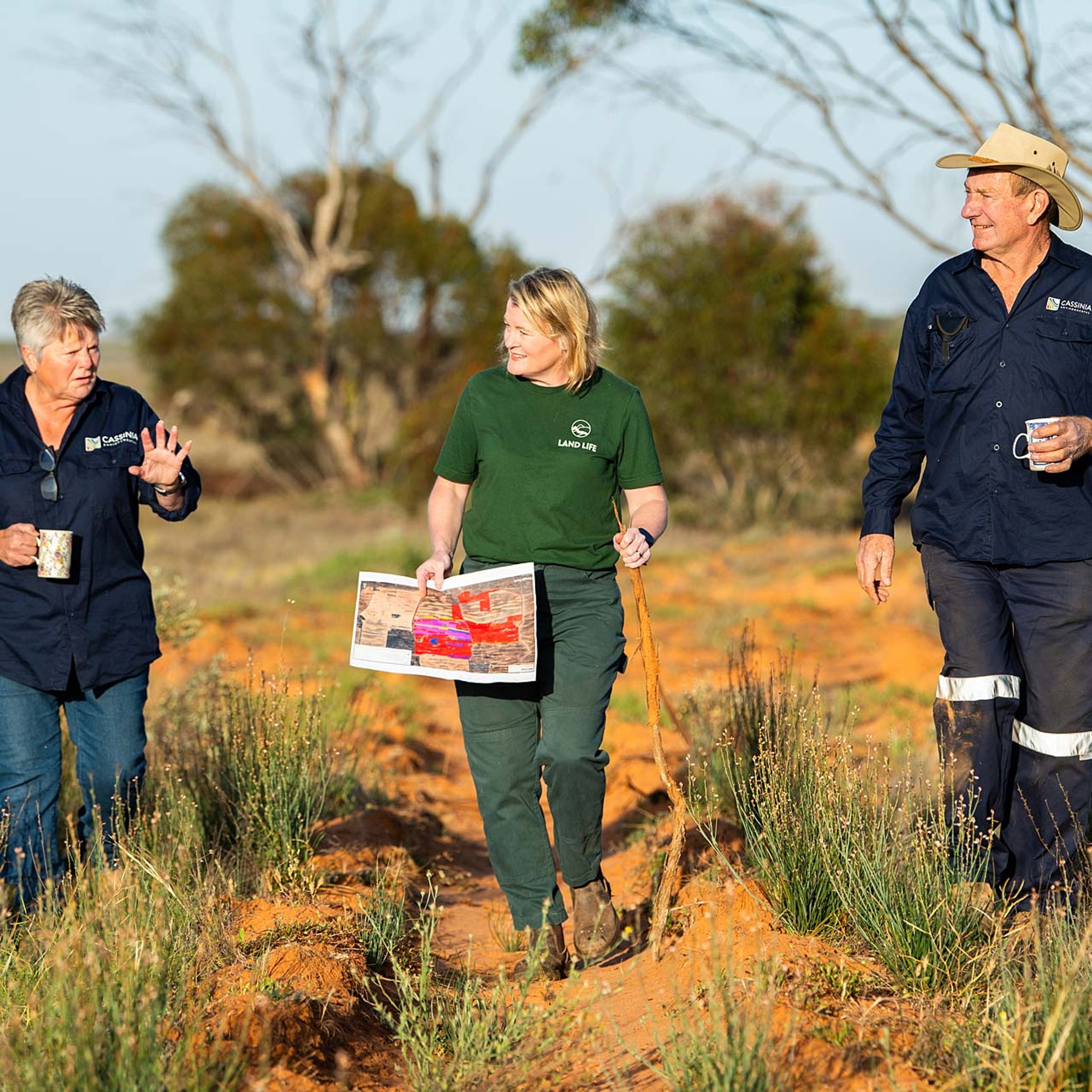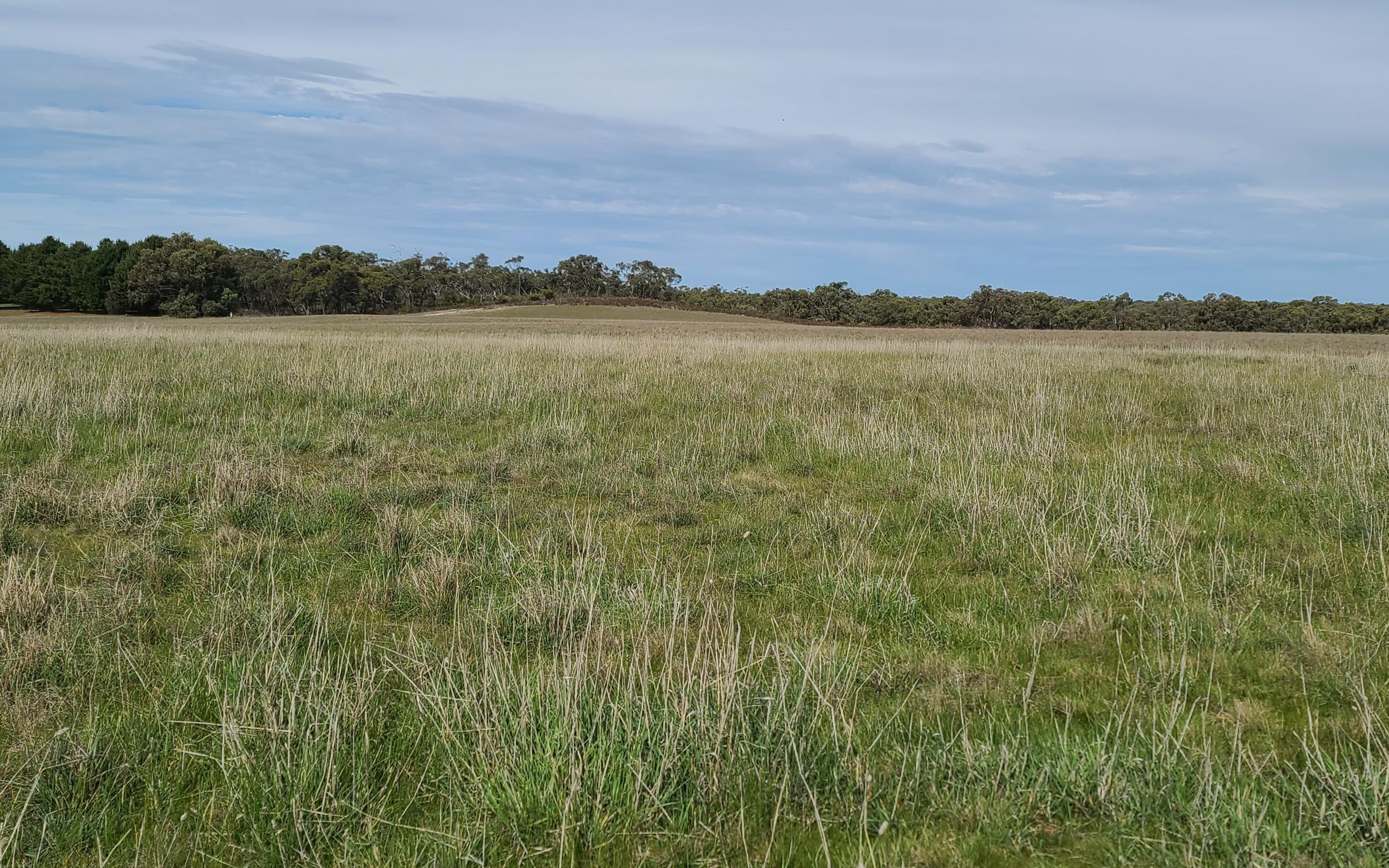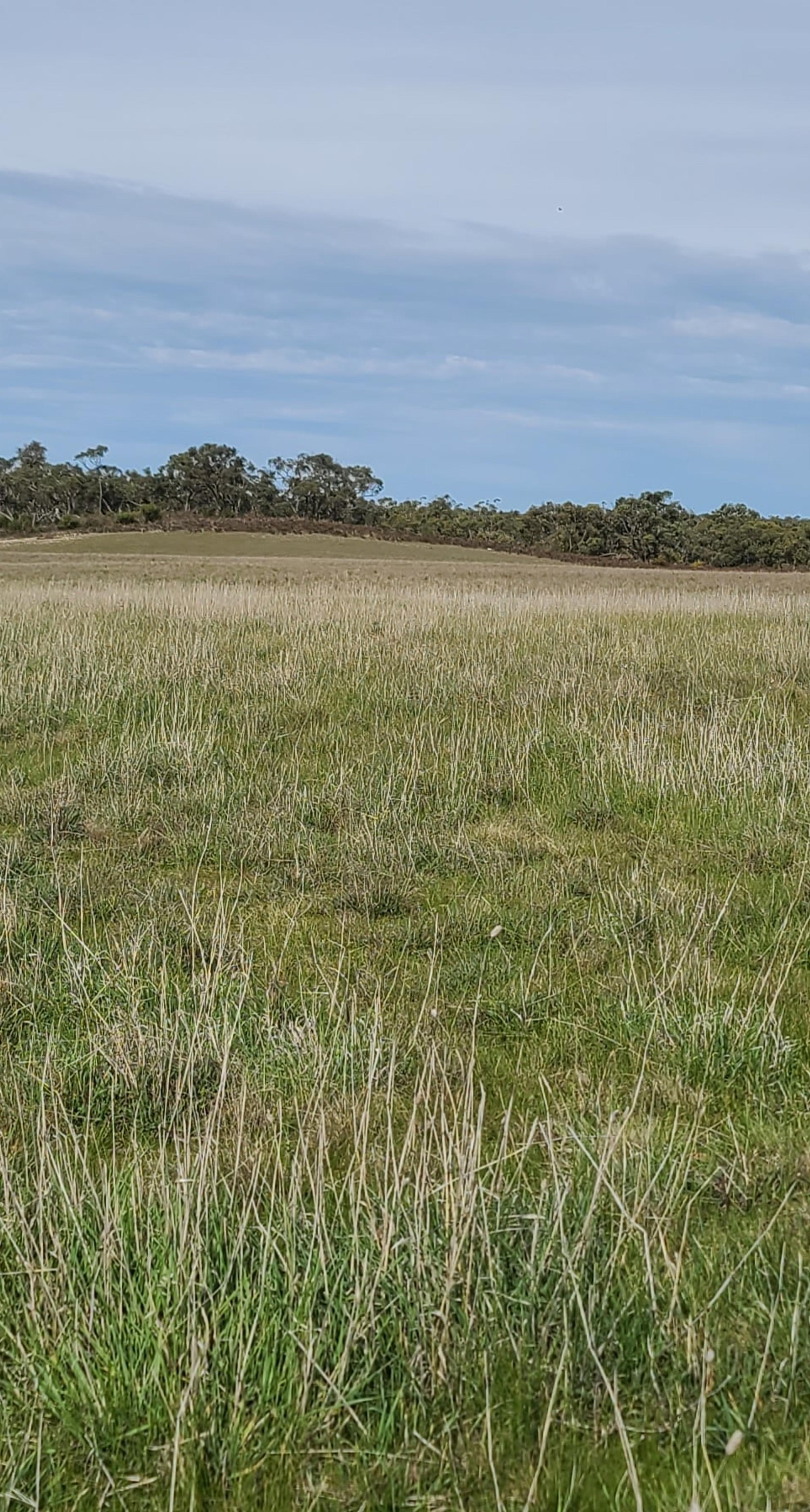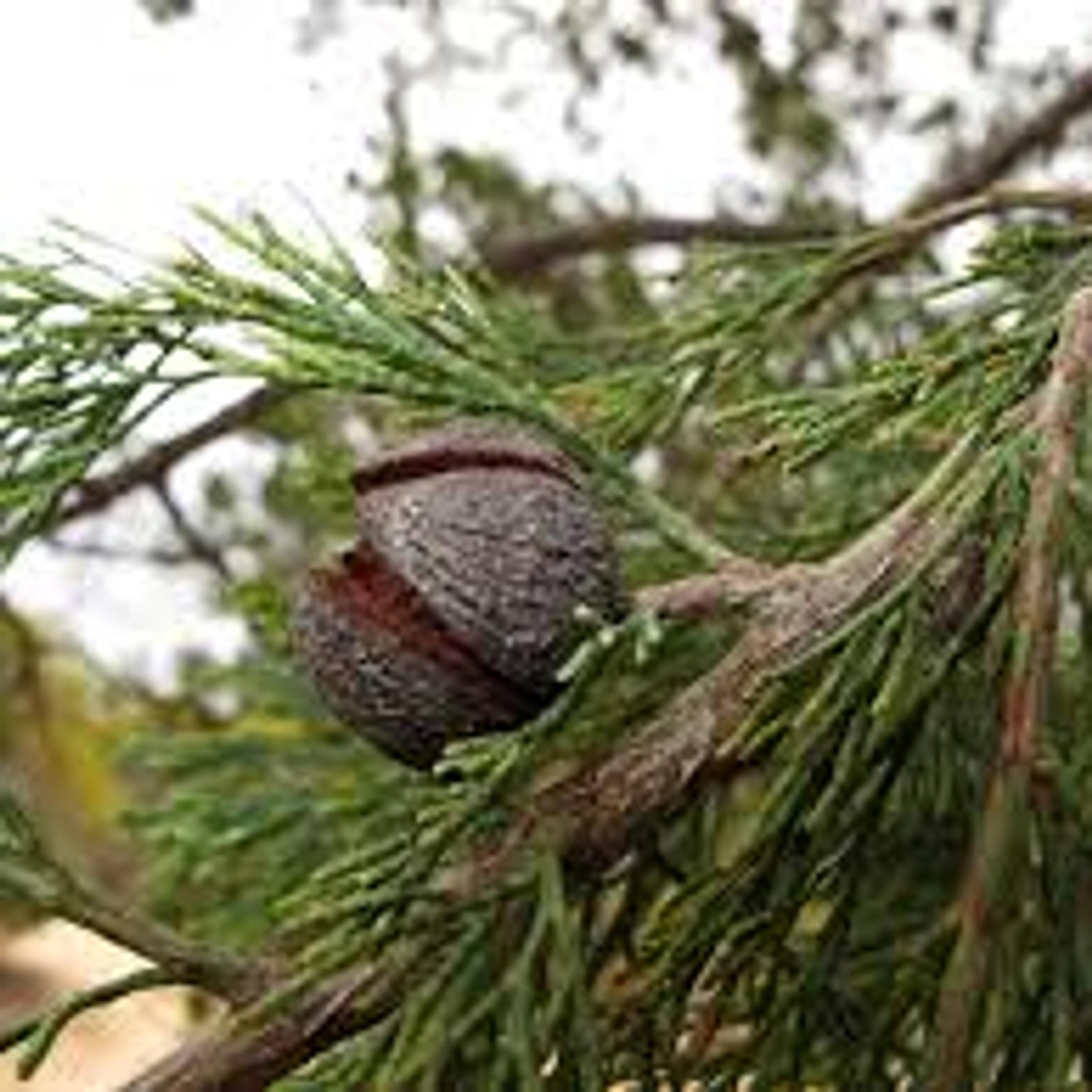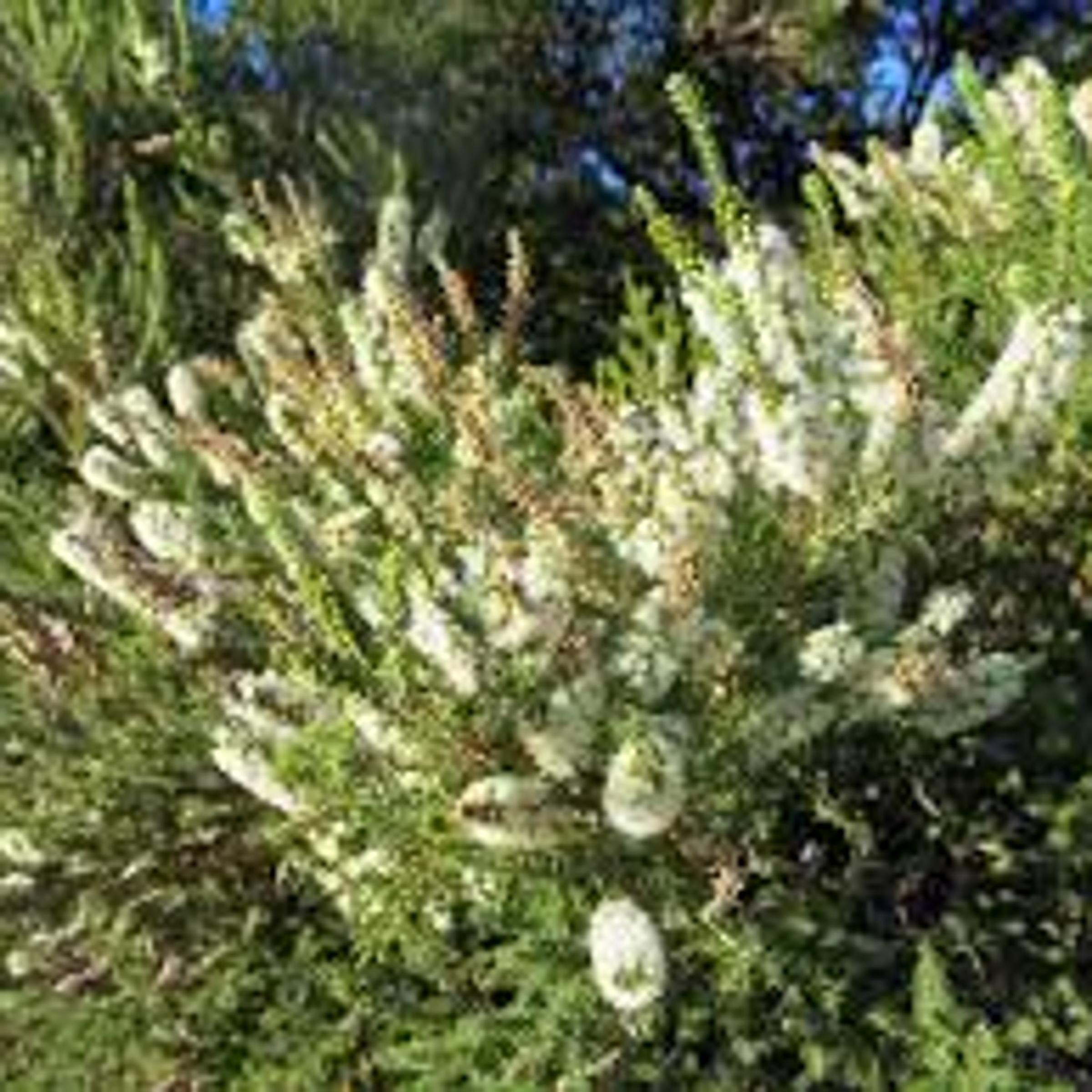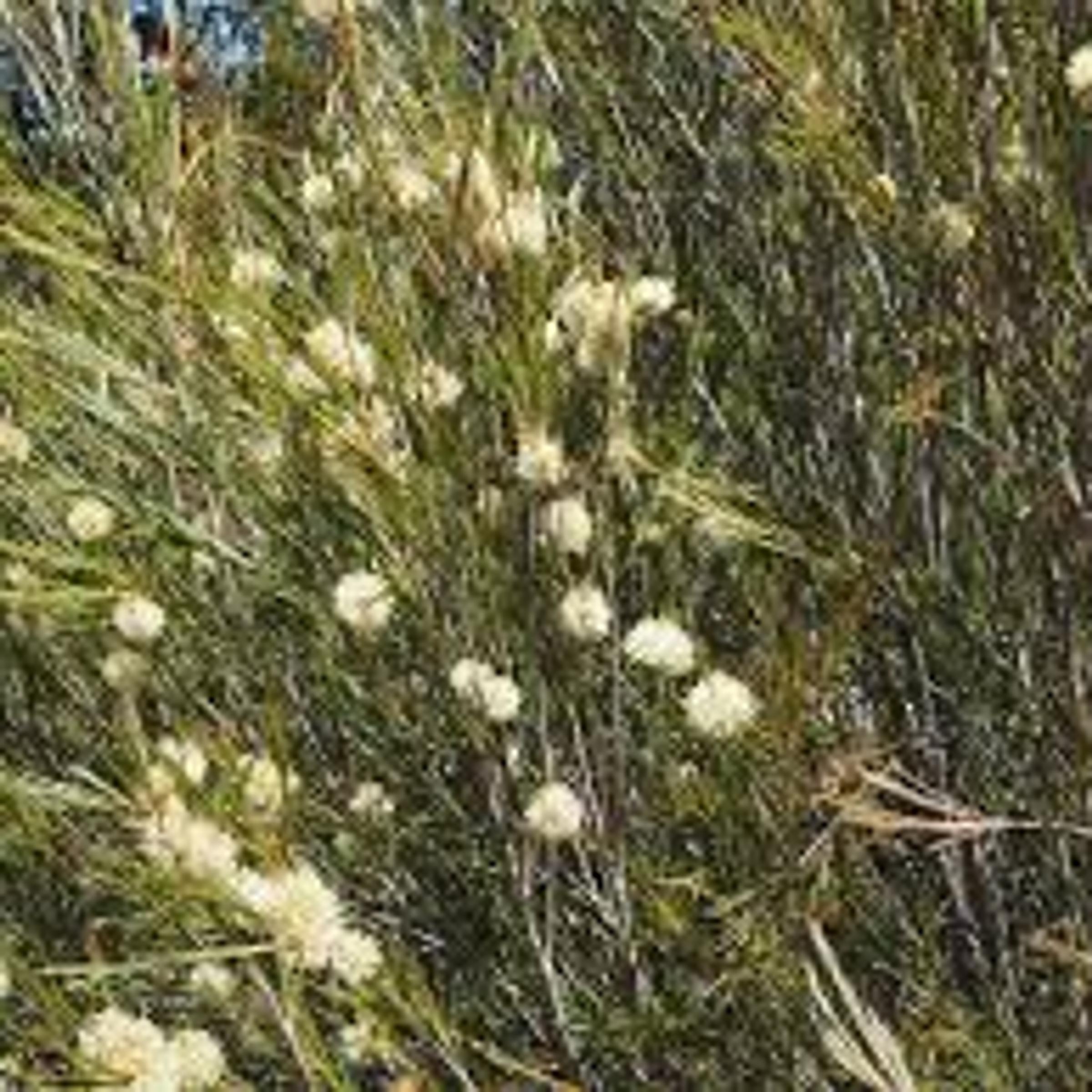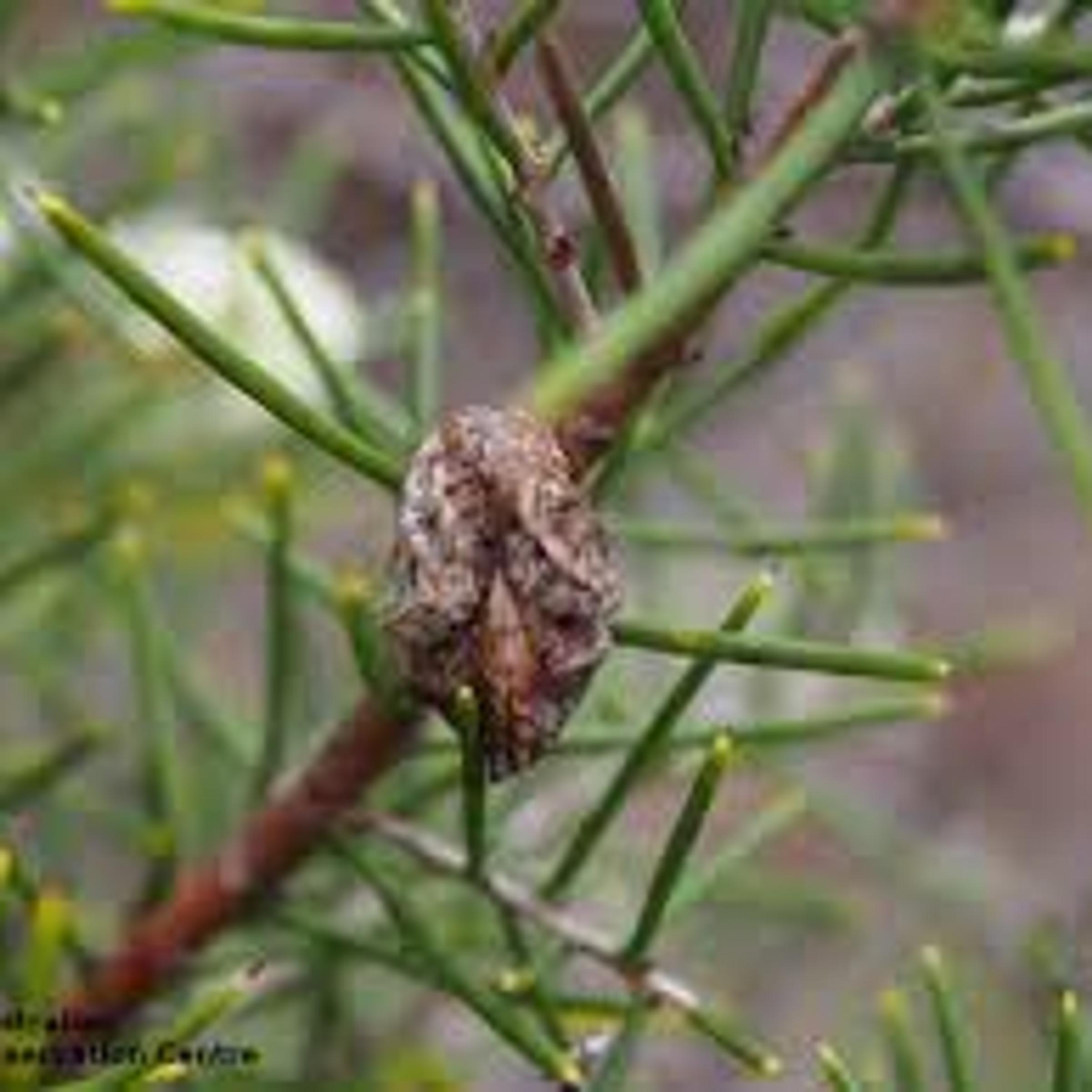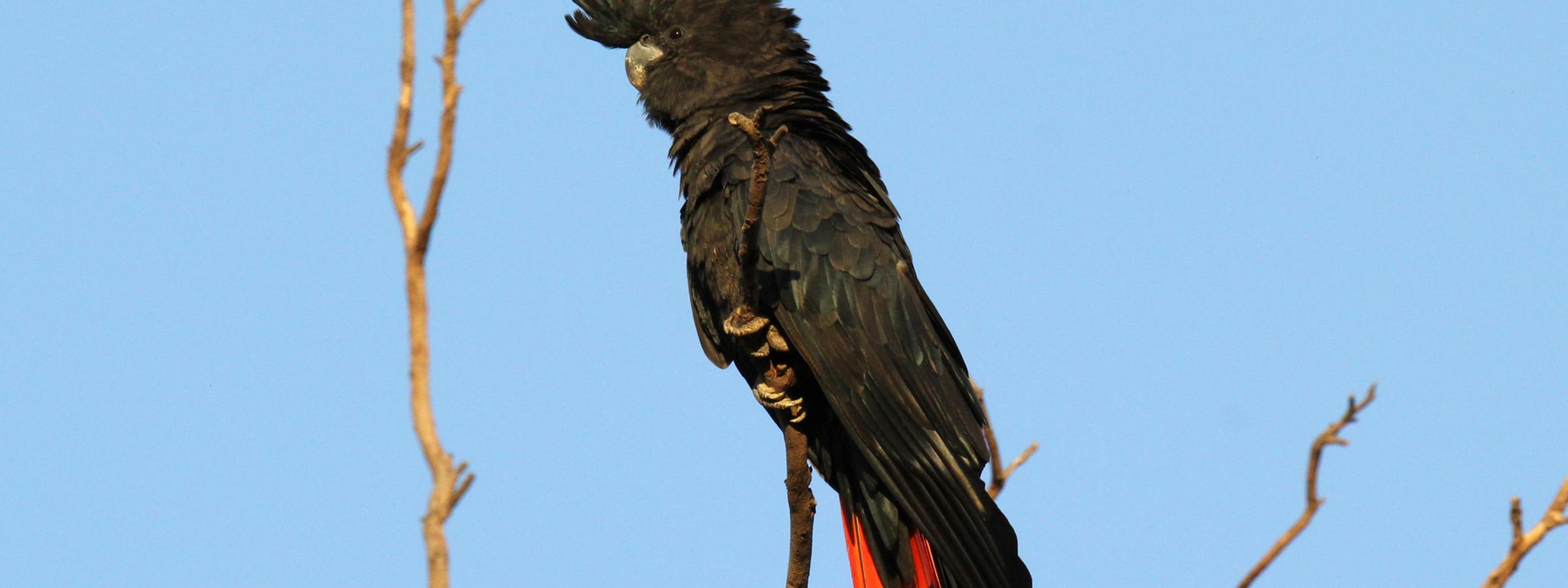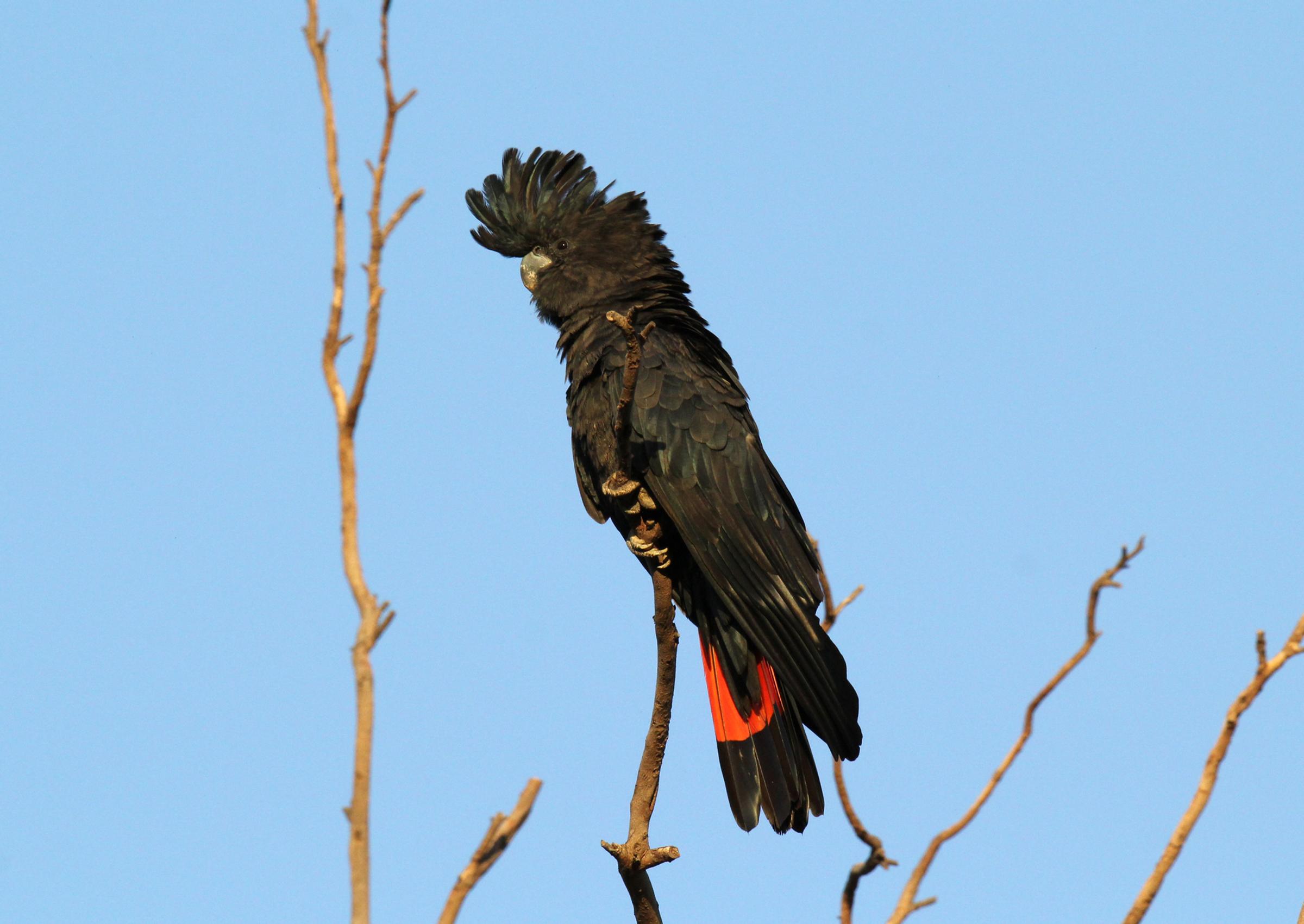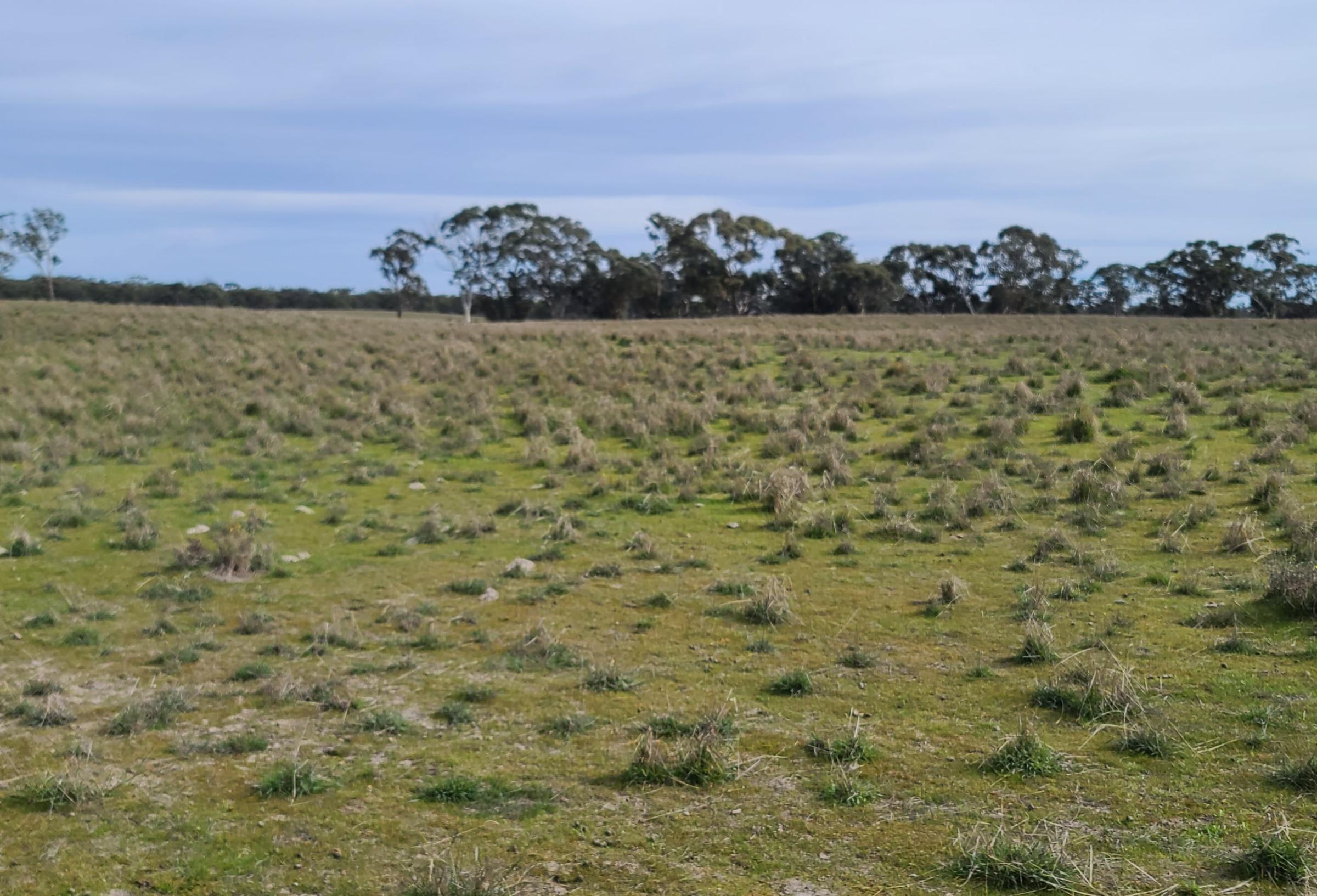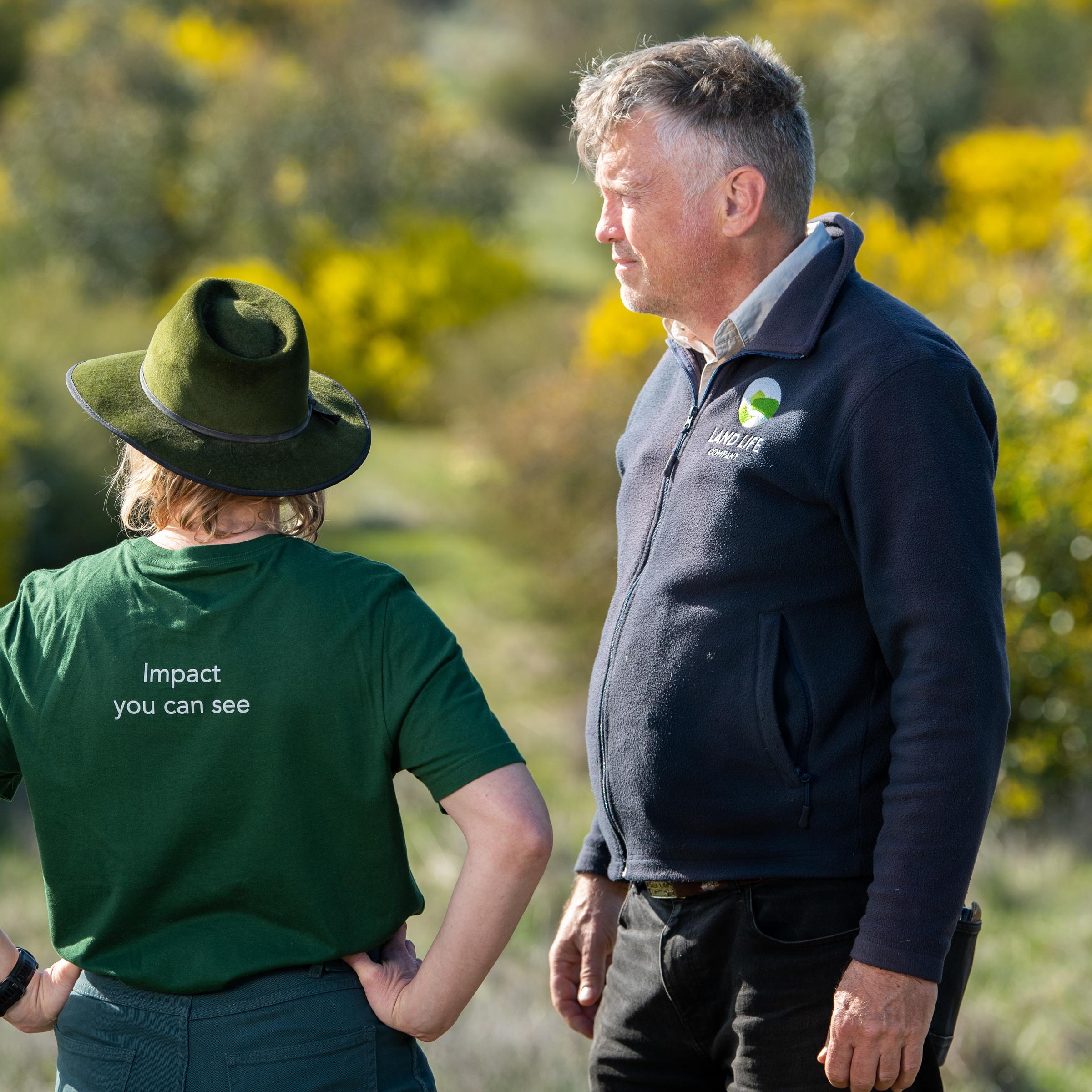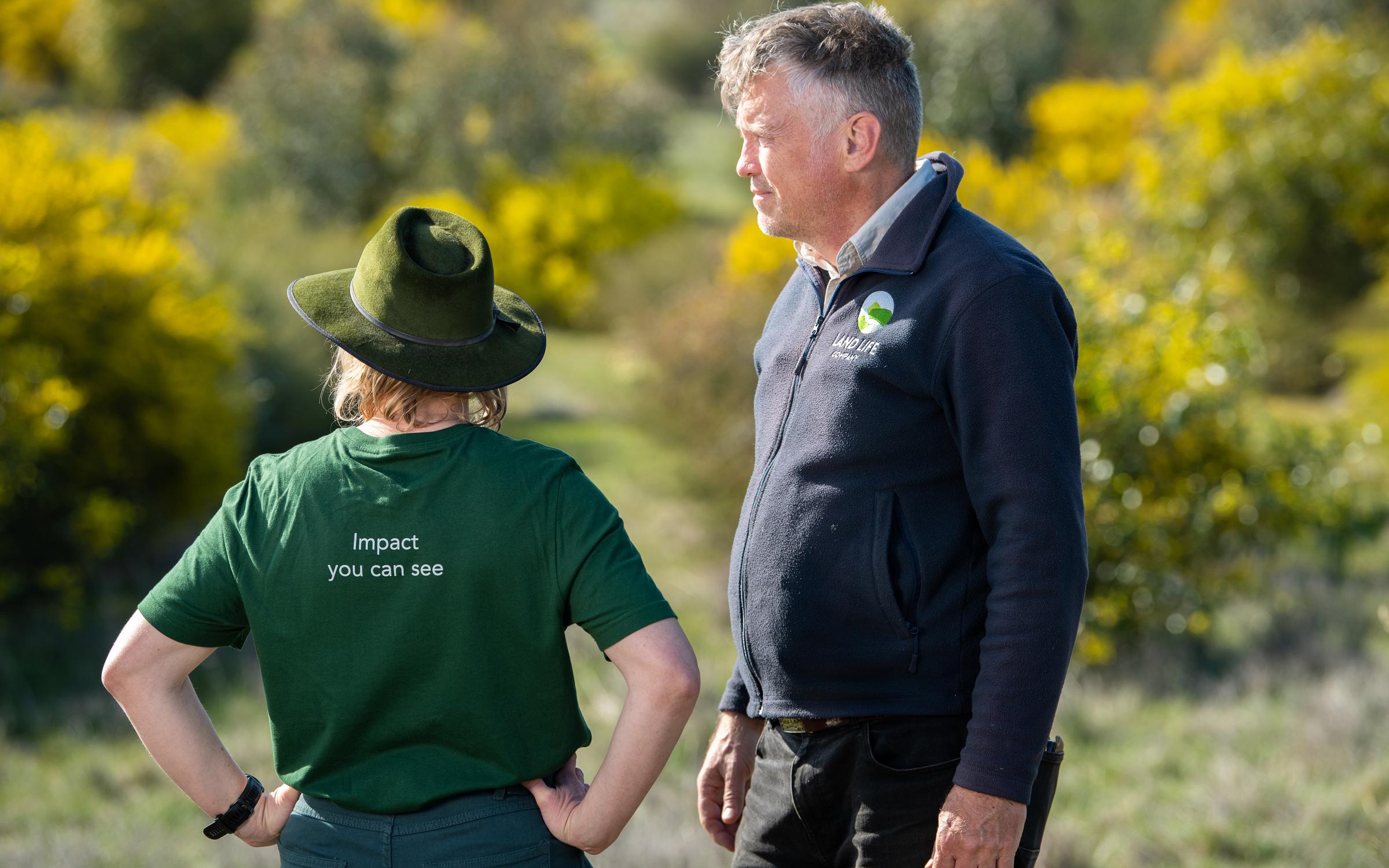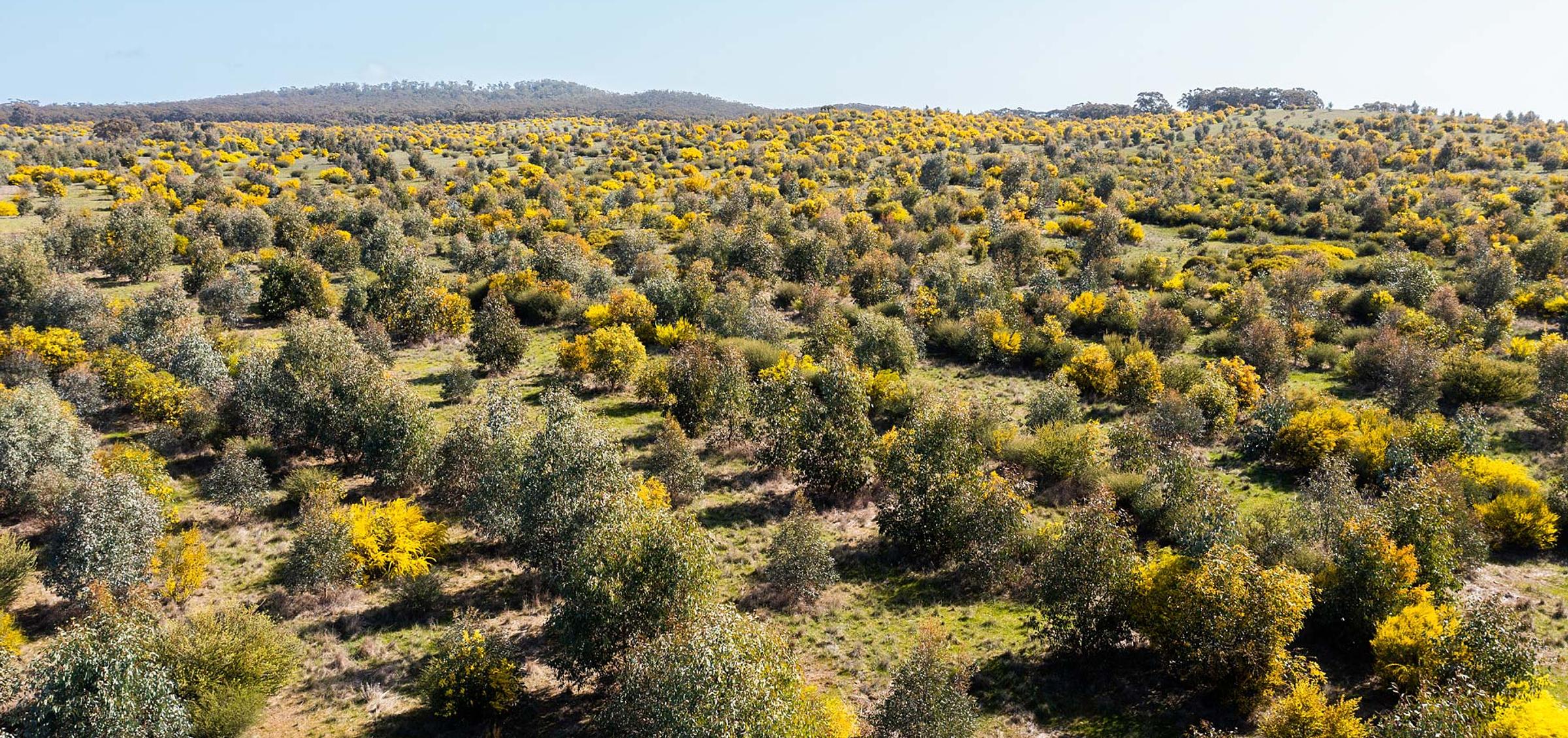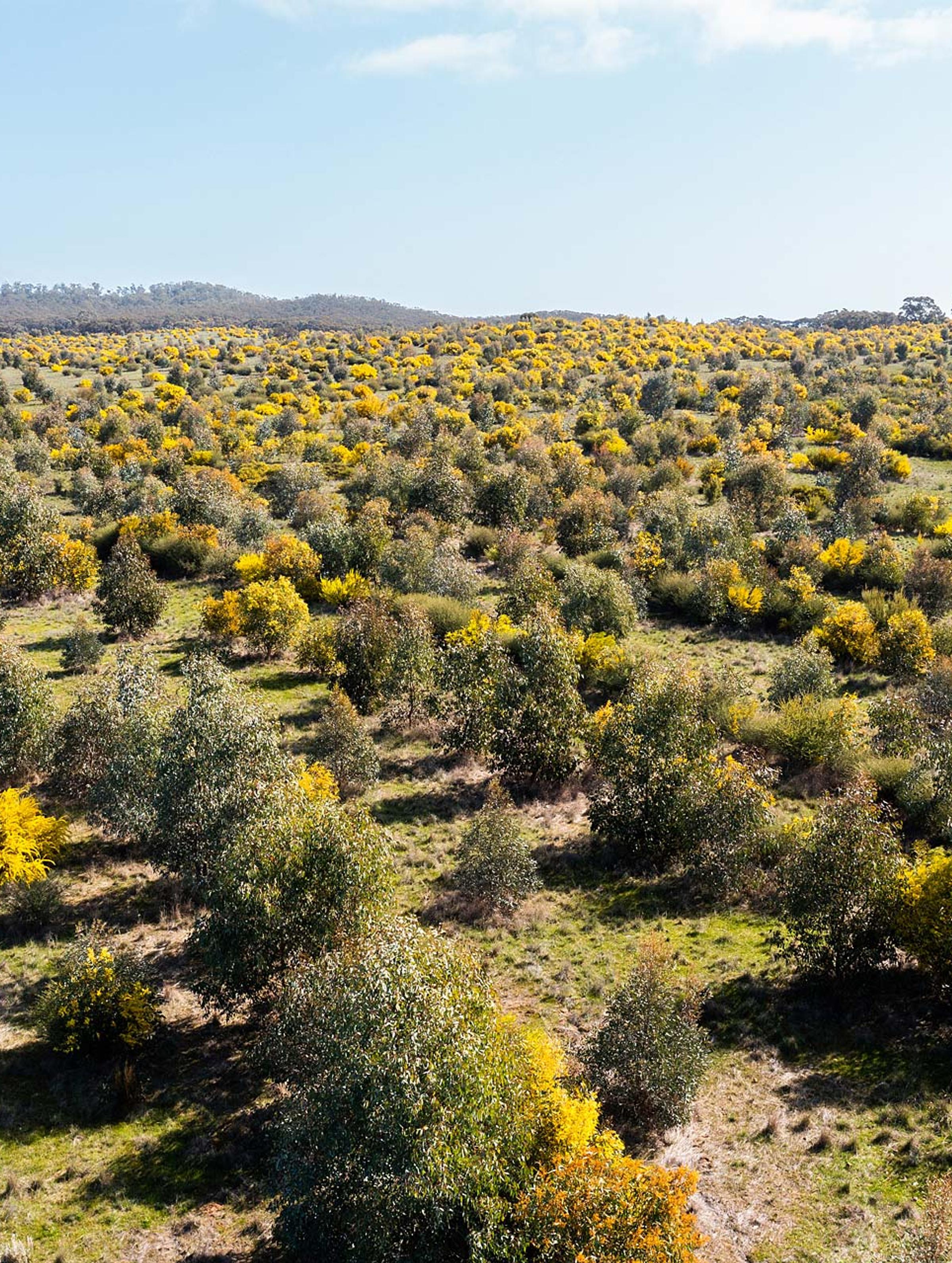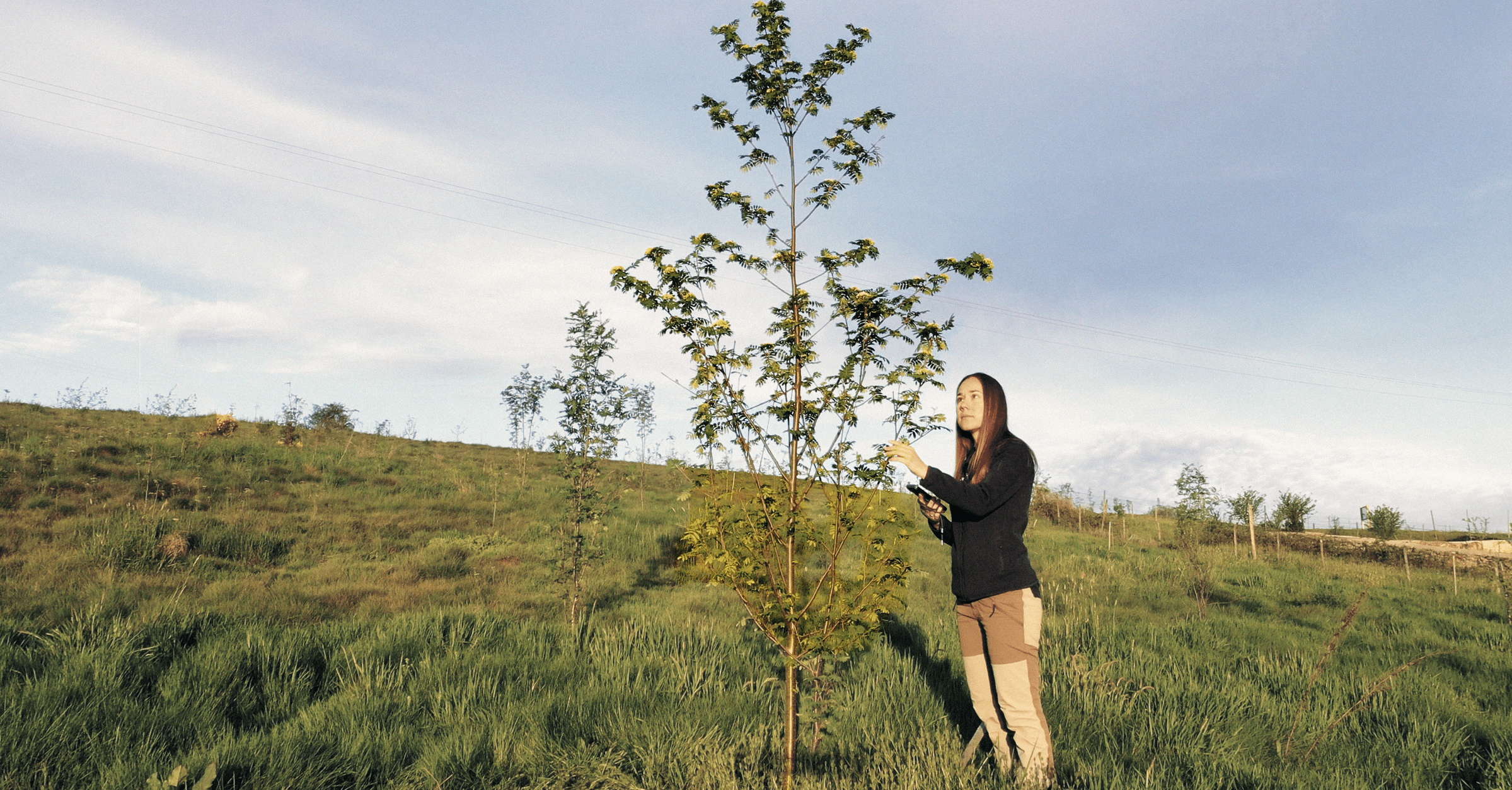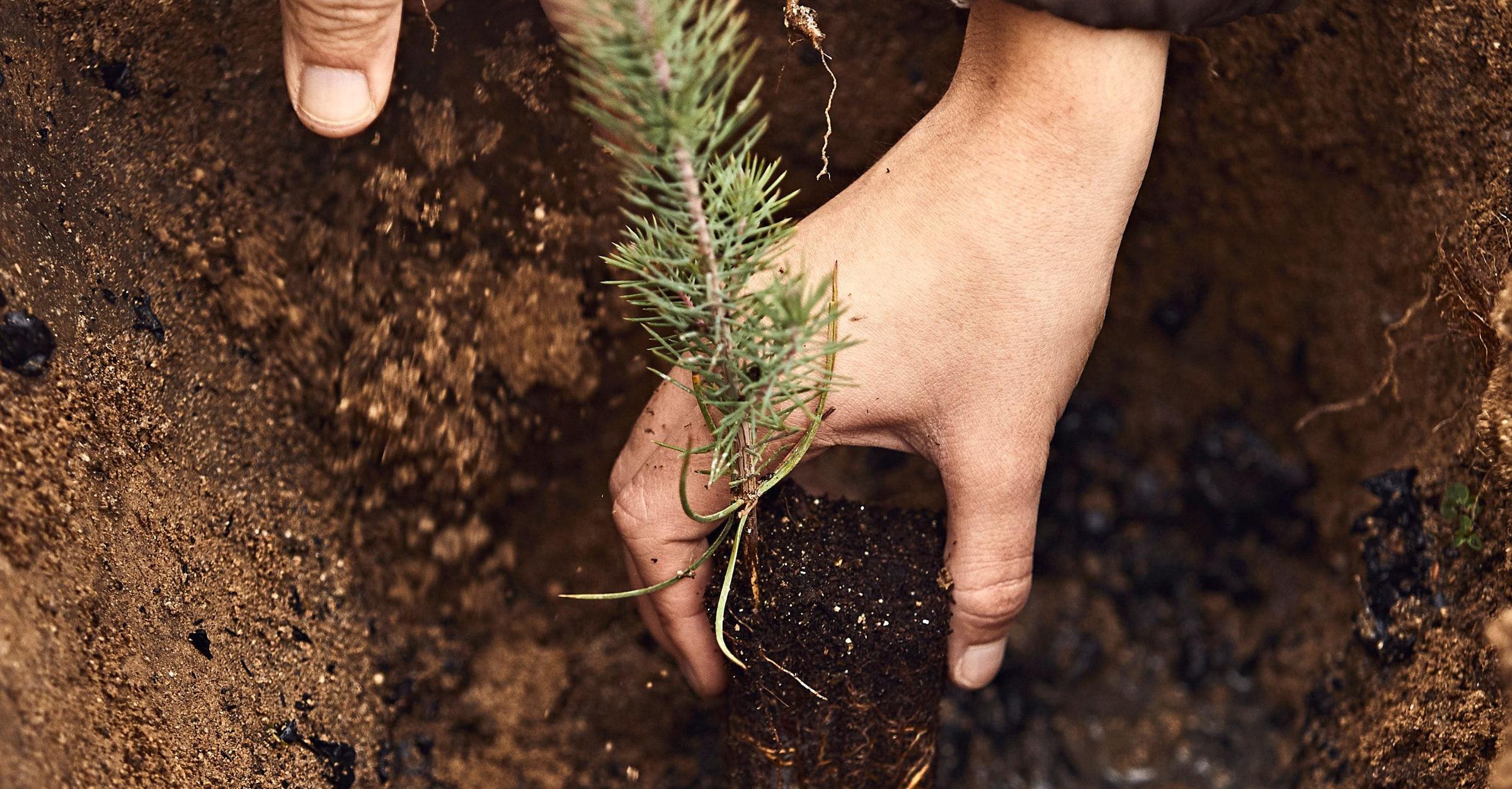Peronne Australia Restoration Project
About our Peronne restoration project in Victoria, Australia
Ecological Vegetation Classes: Shallow Sands Woodland, Heathy Woodland, Heathy Woodland/Heathy Herb-rich Woodland mosaic, Red Gum Swamp and Plains Woodland
Bioregion: Wimmera
Before the first European squatters set their sights on the area around Peronne in the Western Wimmera district of Victoria, Australia, this landscape was a great expanse of Buloke and Eucalyptus trees on grassy plains as far as the eye could see. These trees grew around 20-25m tall and were home to a wide variety of birds, reptiles and arboreal mammals like sugar gliders and microbats.
The land formed part of the traditional hunting grounds of the Wotjobaluk First Peoples who were displaced from the area by settlers. These settlers took up crown land leases around 1885, when they started to clear the land to make it suitable for sheep grazing and an occasional crop.
However, this part of the Wimmera is marginal land and agriculture was only profitable in very good wet and productive years. Many a back was broken only to see the crops fail. Now this land is fallow, but the scars of land clearing remain.
Acknowledgement of Country
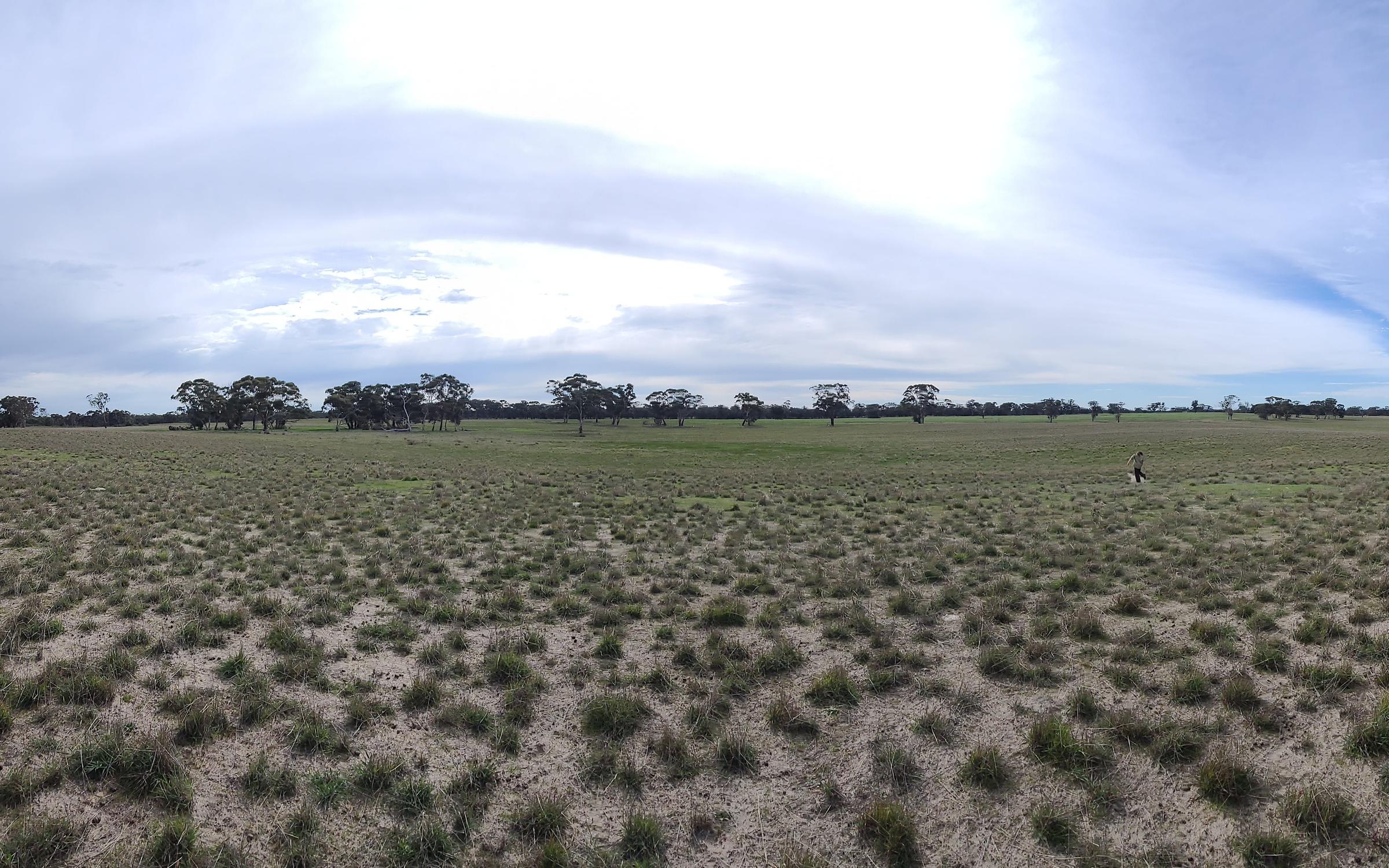
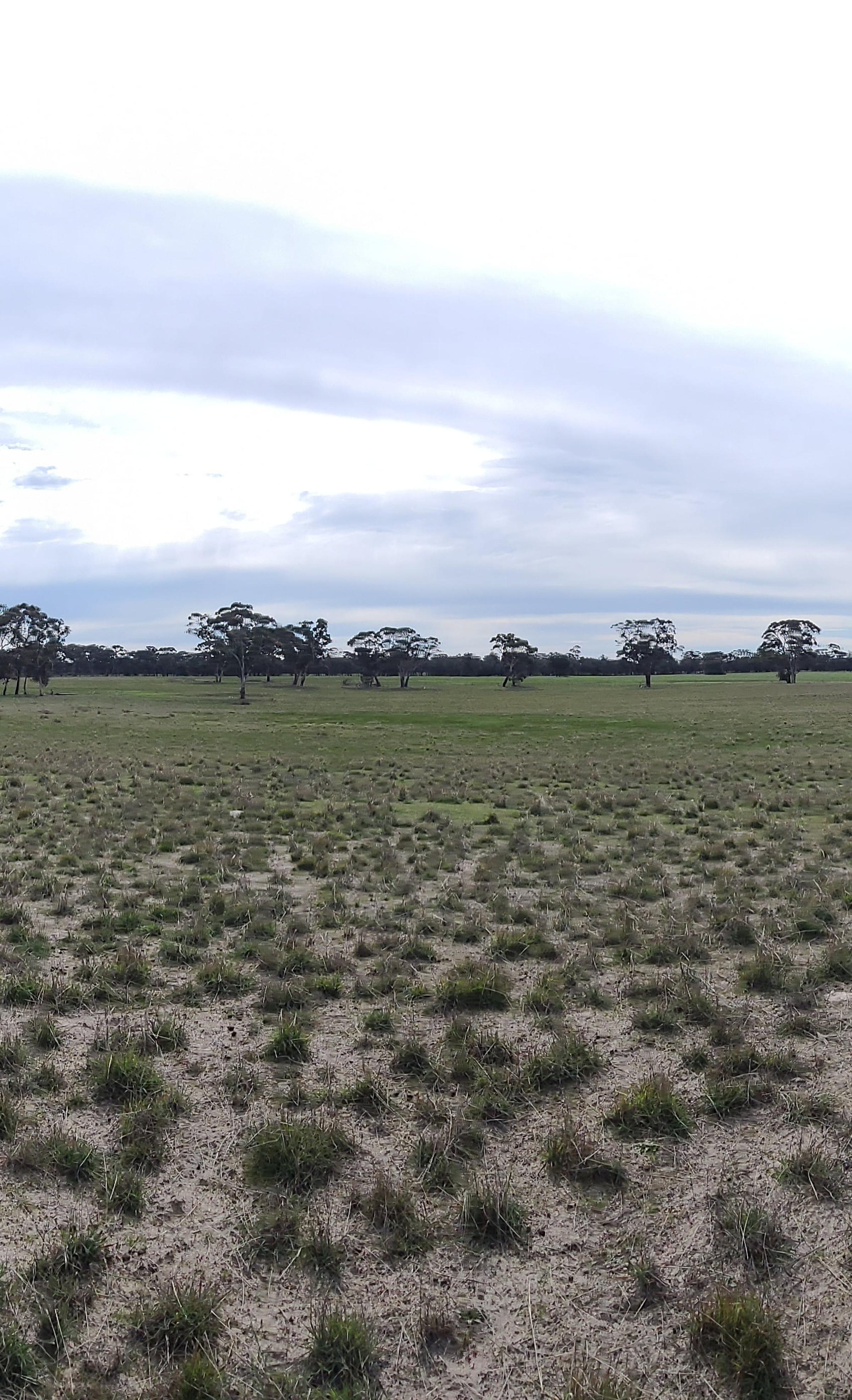
Site objective
Carbon Sequestration: 22,000 tCO2 / 40 years
Methodology: Registration and validation of our ARR projects under VERRA's Verified Carbon Standard (VCS program)
The Peronne nature restoration project will see Plains, Heathy and Herb-rich Woodland vegetation restored and protected.
As our restoration project matures, we anticipate an increase in canopy cover, which will provide shade, lower ground temperatures, and create favorable conditions for various species. Soil health will also improve, with more active soil life enhancing nutrient cycling and supporting healthier plant growth.
Another key objective of the restoration is to increase connectivity to native vegetation in the Morea State Forest adjacent to the south of the property. As well as build a corridor to the Bank Australia Conservation Reserve located in Minimay, 3km to the north.
The project also aims to provide additional, biodiverse, and lasting carbon storage in the newly planted woodland trees and shrubs, as well as in the soil.
Find out more about Land Life's carbon removal reforestation solution.
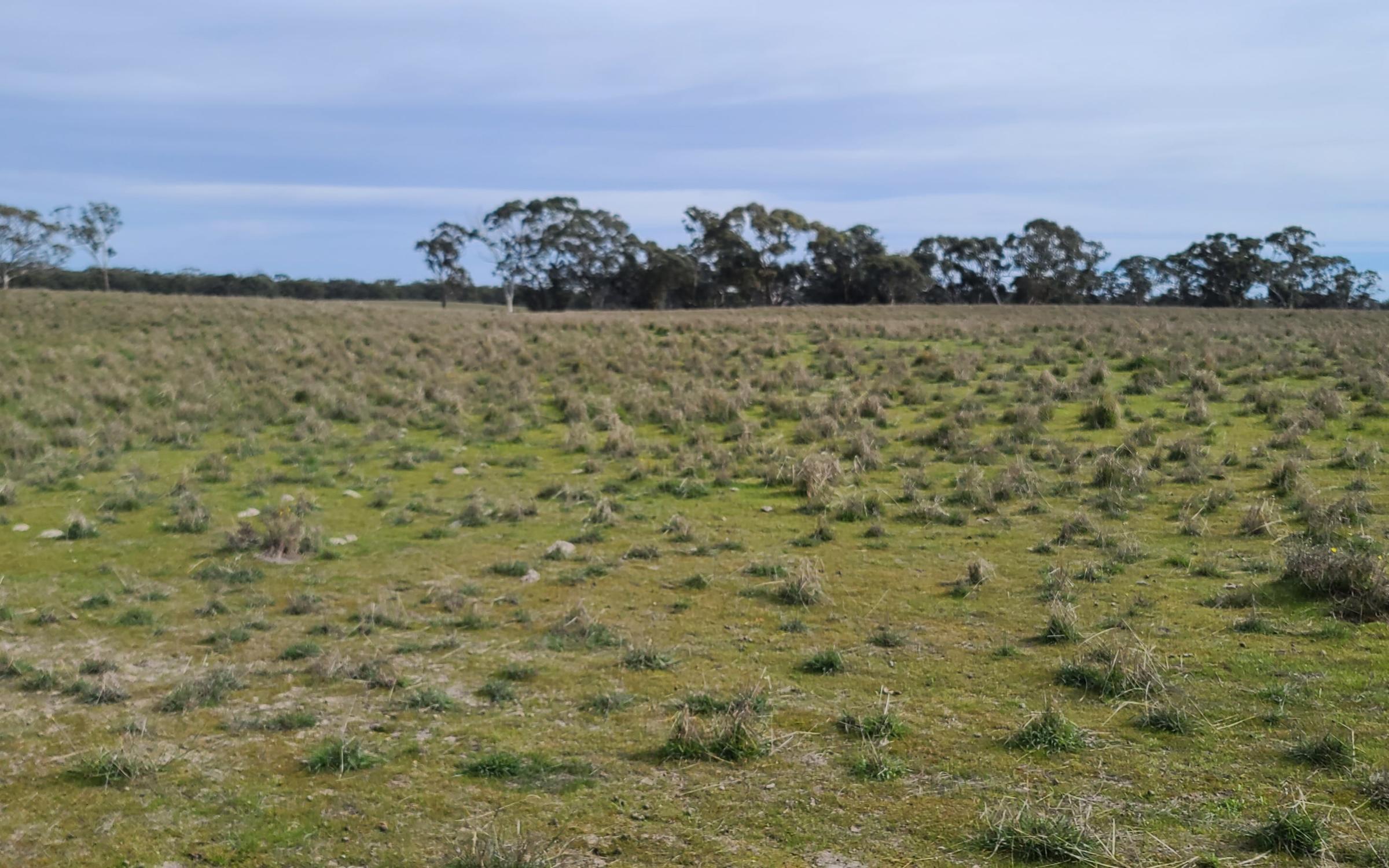
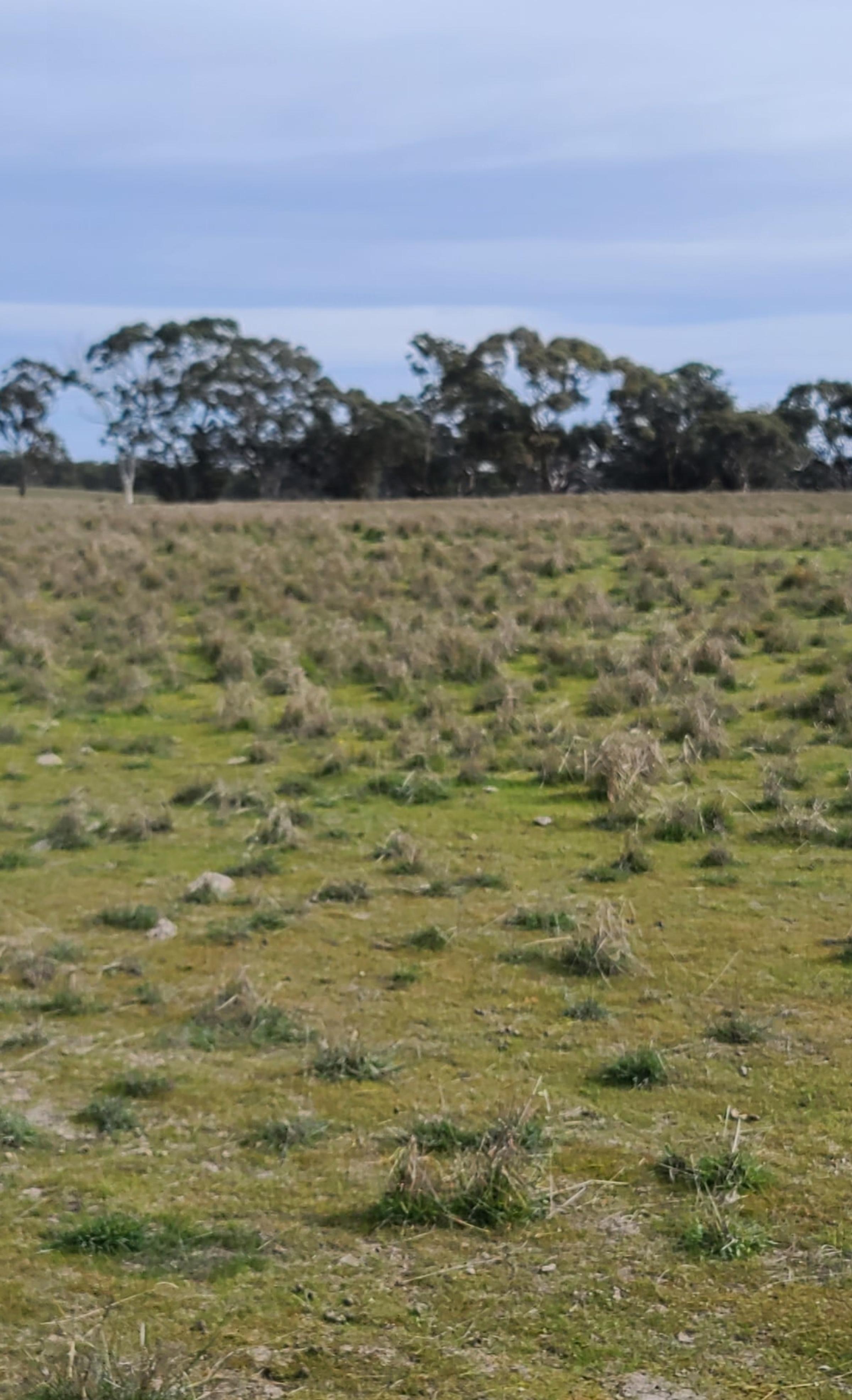
About the restoration
After 12 months of animal pest and weed control, restoration work will begin in the 2025 planting season.
Twenty four native species will be planted in this project, using a combination of direct seeding and planting methods. Almost 500kg of native seed and 23,000 seedlings will be used to restore the site.
This project is funded by the Victorian Government’s $77 million BushBank Program and Land Life. The BushBank program is restoring more than 20,000 hectares of land across Victoria to create healthy wildlife habitat and capture carbon. Land Life's restoration partner Cassinia Environmental is the lead delivery partner for BushBank.
Project highlights
Biodiversity gains
Peronne has great patches of fragmented old-growth native vegetation. Excitingly, threatened species and communities observed at the site include:
In the few stands of native trees that remain on the site, the elusive South-Eastern subspecies of the Red-tailed Black Cockatoo (Calyptorhynhus banksii ssp graptogyne), listed as endangered by the state authorities both in Victoria and South Australia, can be seen chewing on the seed pods of the Buloke tree.
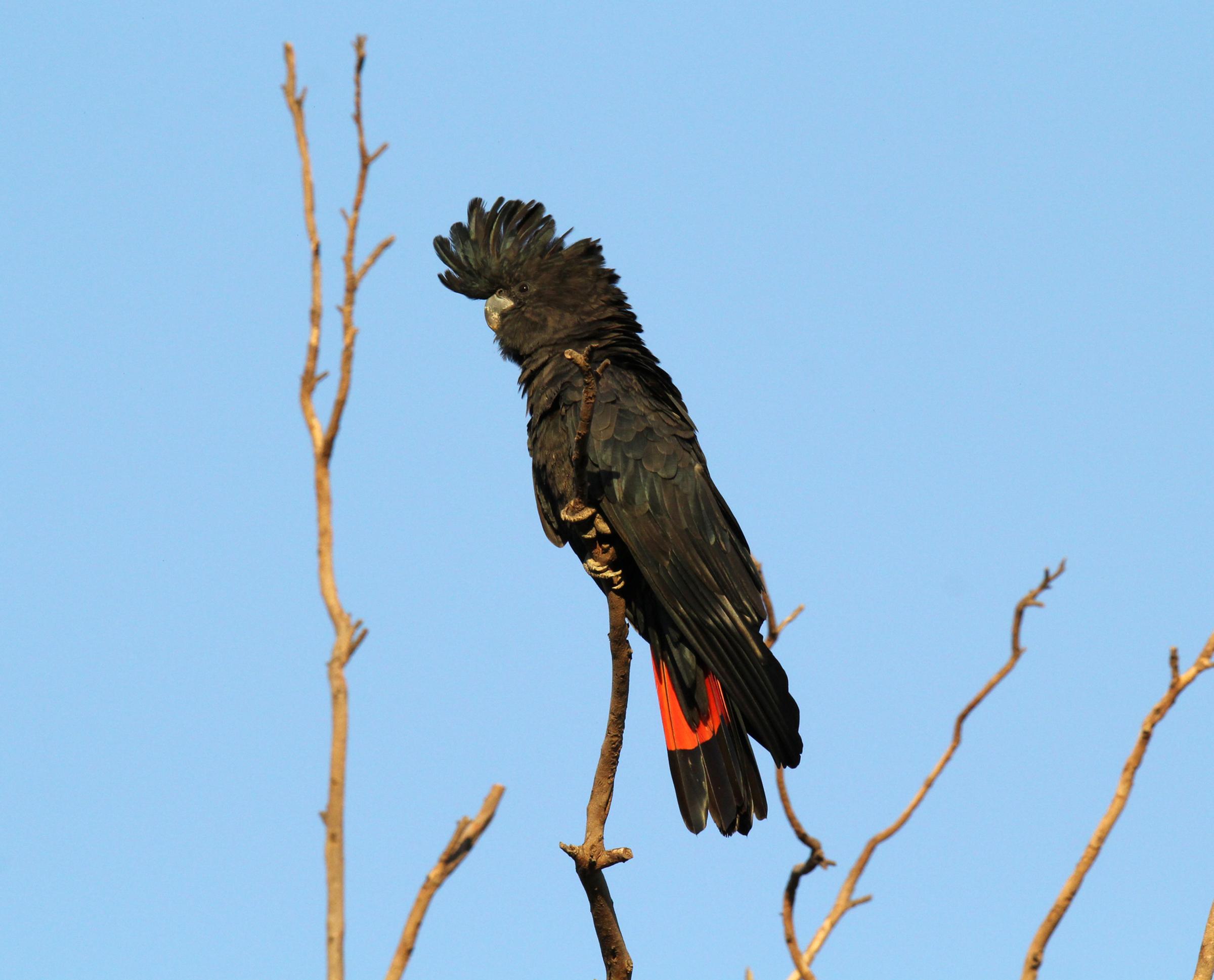
Only an estimated 1,500 of these birds remain, so our intervention is very timely. Land Life and our restoration partner Cassinia Environmental plan to grow large numbers of Buloke, so these beautiful majestic birds can use this land more frequently and in higher numbers, assisting in their ongoing survival.
The local area provides critical habitat for other vulnerable species recorded in the area including the Southern Whiteface (Aphelocephala leucopsis), Brown Treecreeper (Climacteris picumnus), Little Eagle (Hieraaetus morphnoides), Purple-gaped Honeyeater (Lichenostomus cratitius) and Diamond Firetail (Stagonopleura guttata).
An on-title conservation agreement with Trust for NatureOpens in a new tab. will ensure in-perpetuity conservation management and protection of the biodiversity across the property.
The future is nature
